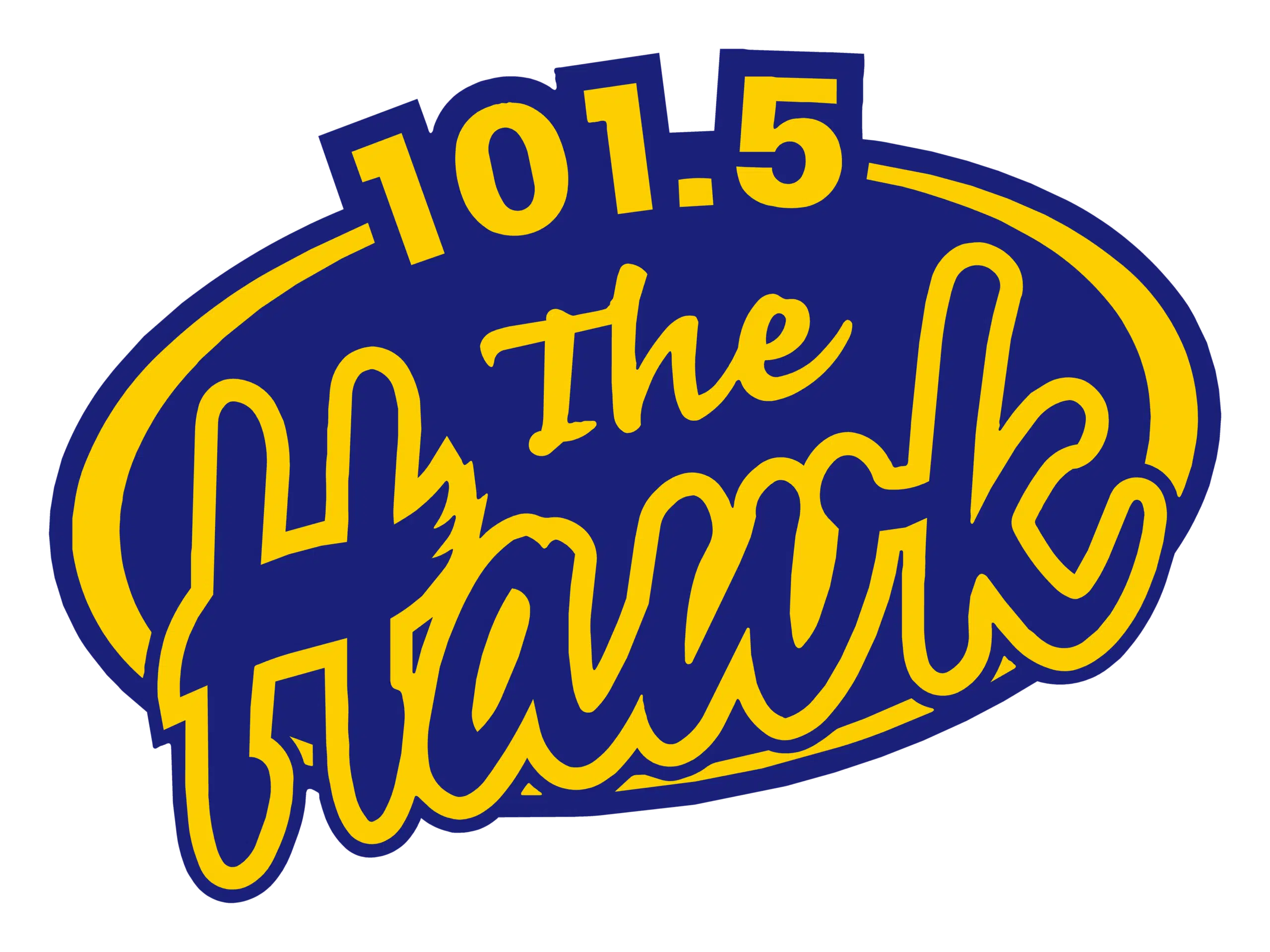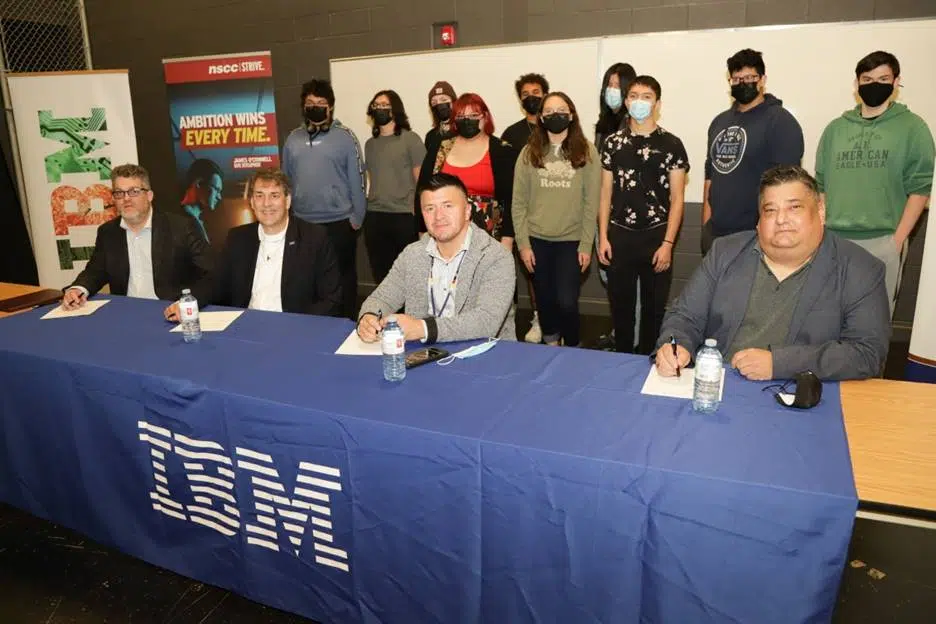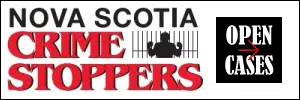A new technology education program is putting Indigenous students on the fast track to jobs in the growing industries of science, technology, engineering and mathematics.
The “Unama’ki Pathways in Technology Early College High School” program launched last week at Allison Bernard Memorial High School in Eskasoni First Nation.
24 students from the Cape Breton communities of Eskasoni, Wagmatcook and We’koqma’q are signed up for the program pilot group, said Alex Paul, Executive Director of Mi’kmaw Economic Benefits Office.
“When you meet these participants in the program, [you] see the leaders of the future,” he said in an interview.
The program — which is a partnership between Mi’kmaw Kina’matnewey (MK), Mi’kmaw Economic Benefits Office (MEBO), Nova Scotia Community College (NSCC), and IBM Canada — allows Indigenous youth to work on an integrated high school and college curriculum.
They’ll graduate with a high school diploma, a two-year college diploma, and workplace experience in STEM fields in six years or less.
Hallmarks of the program include industry mentoring, paid internships, and a job interview at IBM upon completion. The program will aim to foster the professional skills required for well-paying new-collar jobs in the technology sector.
“Over 50 per cent of [Mi’kmaw] community members are under the age of 25,” Paul said. “If we don’t create employment opportunities for our community members, our youth, who we’re encouraging to get an education, we’re going to be in trouble.”
The program gives Indigneous youth the chance to gain mentorship, connections within the sector and work experience, making it easier to get into the field after graduating.
The program was initially meant to be offered in-person in Eskasoni, but COVID forced the switch to a remote delivery.
The remote delivery model is a good pilot for how the project could work on a provincial scale someday, Paul said.
Right now, the program only has funding for one cohort. If it proves to be a success, Paul hopes to see the program expanded to all 13 Mi’kmaq communities across the province.










